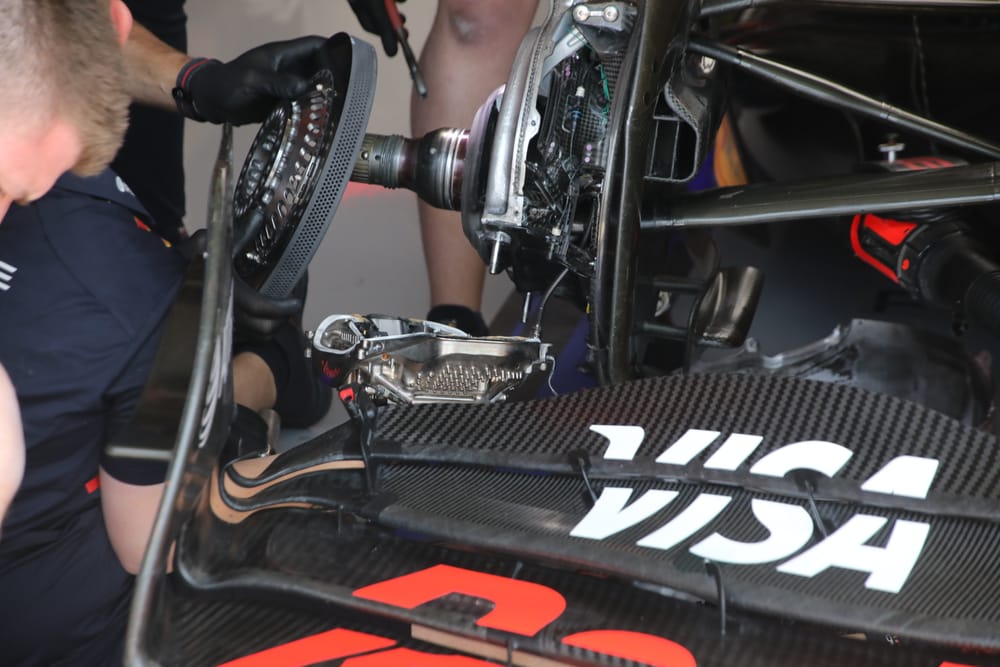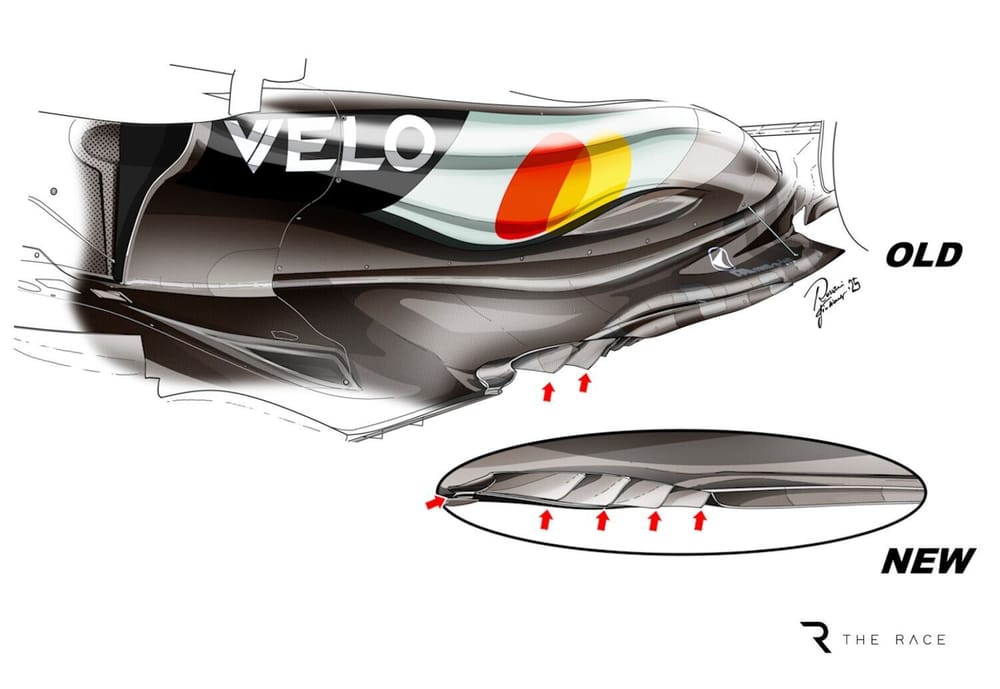Formula 1’s tech war between teams has had a different feel in 2025 compared to previous years.
Although we've had our share of the typical aero updates of floors, bodywork and wings throughout the first half of the season, there have been some less conventional avenues of development, too.
It's not often, for example, that we have such a wide scale shift of suspension geometry during the season as we've had this year.
Let us not forget the saga over Mercedes’ Imola suspension upgrade, which was taken off the car, put back on and then finally confined to the bin.
But there has also been a concept change made by Ferrari that arrived at the Belgian Grand Prix, and McLaren has found itself joining the party, too.
The trend has revolved much more than normal around the mechanical aspects of the car – and especially brakes and suspension.
The focus of all this has been on trying to better control tyre temperatures – especially with McLaren’s thermal management of its rear rubber being viewed as a key weapon in its arsenal.
While rivals trying to pursue McLaren’s advantage has played its part in fuelling interest over brake cooling and tyre management, the catalyst for a season where the obsession has shifted to mechanical improvements has come from somewhere else.
Shifting priorities
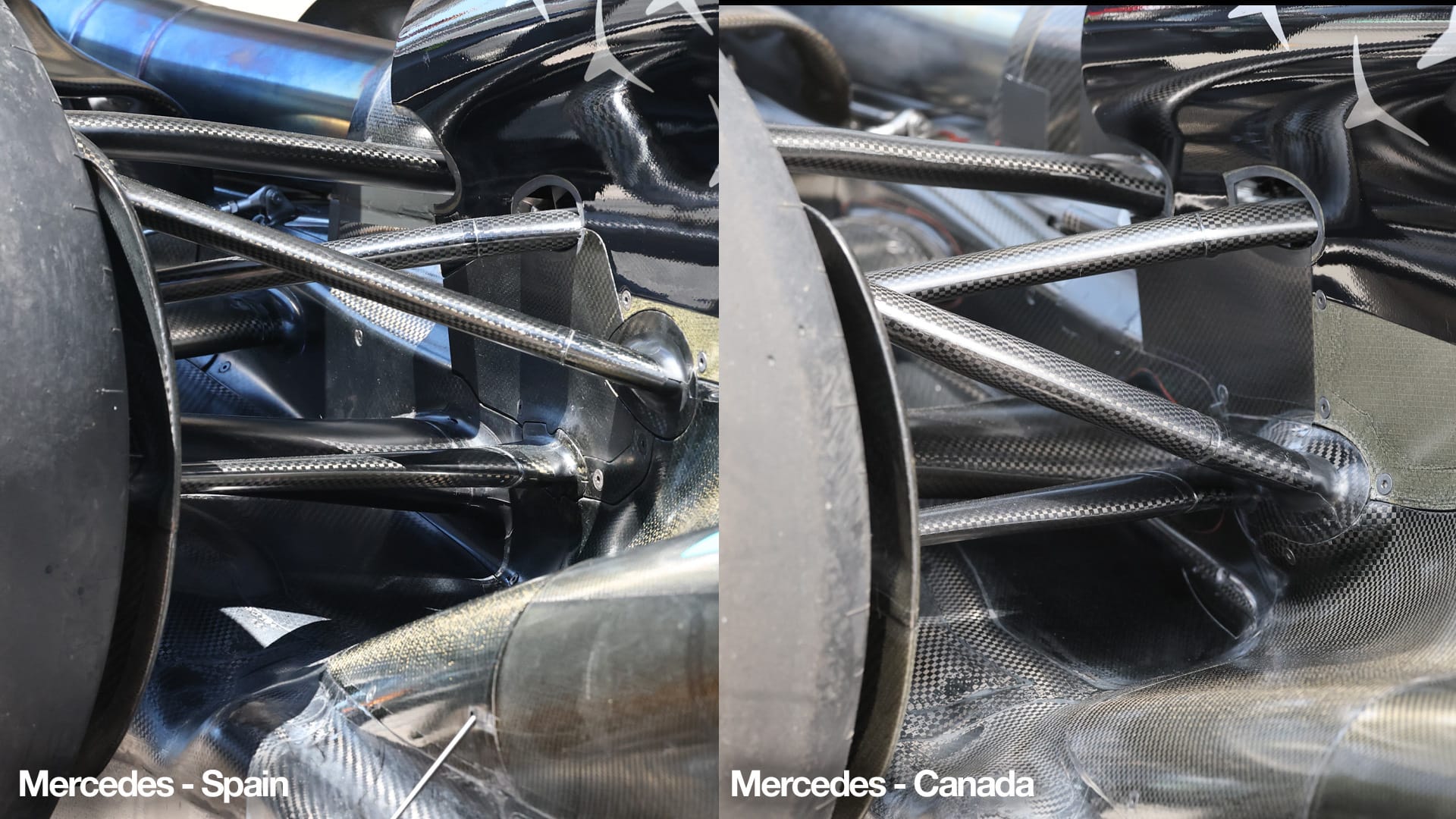
The primary one is that it is a consequence of the looming 2026 regulatory overhaul – with all-new cars and power units coming for next season.
Teams have been clear from the start that they wanted to switch as much aero development over to next year’s challengers as early they could – which has meant pulling efforts away from 2025 work in this area.
However, as Ferrari team principal Fred Vasseur explains, this didn't stop teams wanting to find improvements with their current challengers – especially in areas where there can be carryover benefits into 2026, like suspension and brakes.
Speaking to The Race, Vasseur said: “We all - and I think it's true for McLaren, it's true for us and it's true for Mercedes - put a lot of effort on what you can carry over.
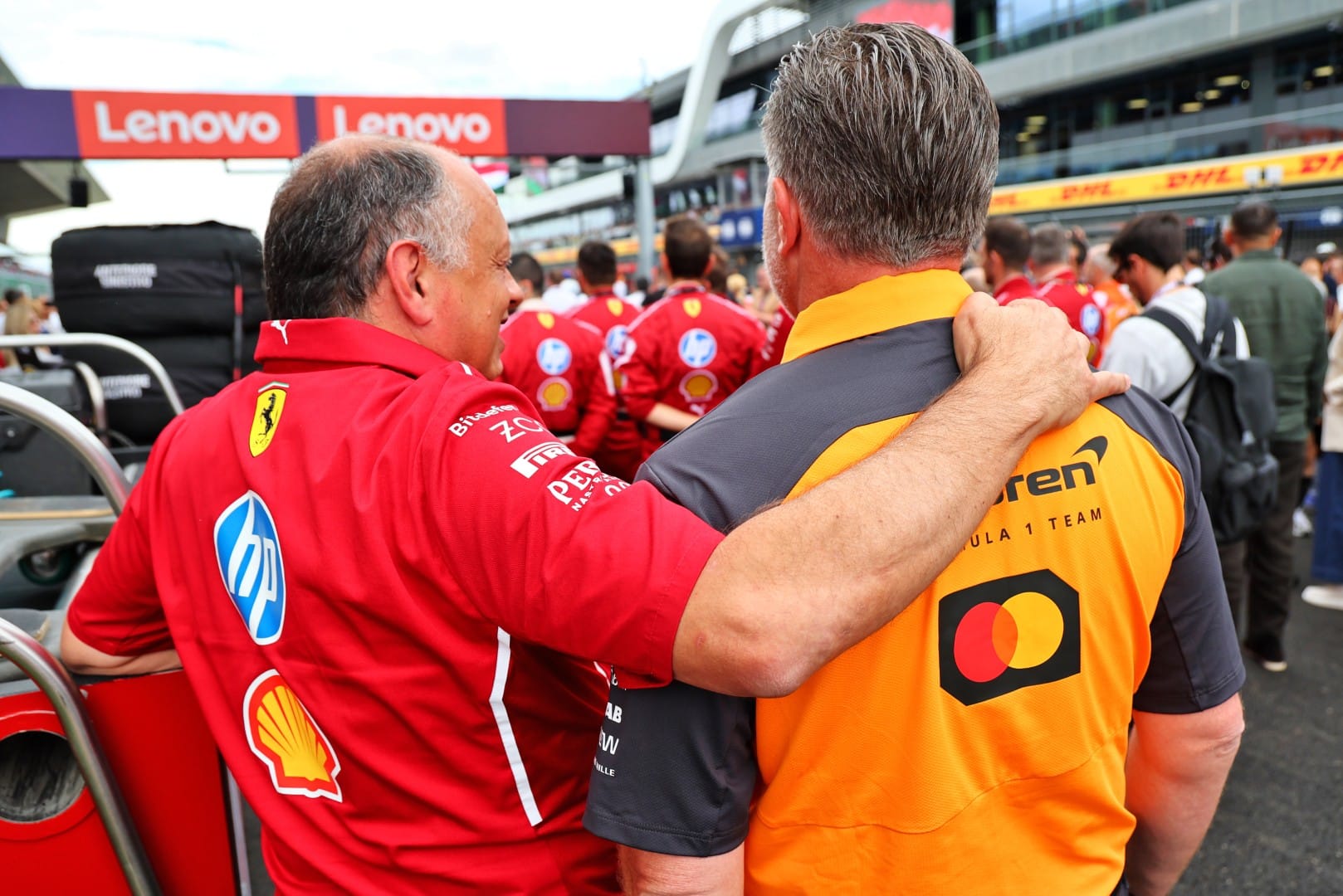
“It means that it's a lot about suspension this season. It's a lot about the brake system. It's a lot about all the items that you will carry over for next year.
“For sure you develop the aero first, but we have been fully focused on ‘26 for months because you know perfectly that what you will learn this season, and you will carry over, is zero, zero, zero.
“With suspension, as soon as you understand something, it's a good step forward for next year.
“It's not a coincidence that all the teams, if you have a look, have done this. The development of the Mercedes this season is mainly suspension. McLaren also.
"We are doing the same. It's not that we wake up one morning and said ‘OK, let's copy the others.’”
Pushing the brakes
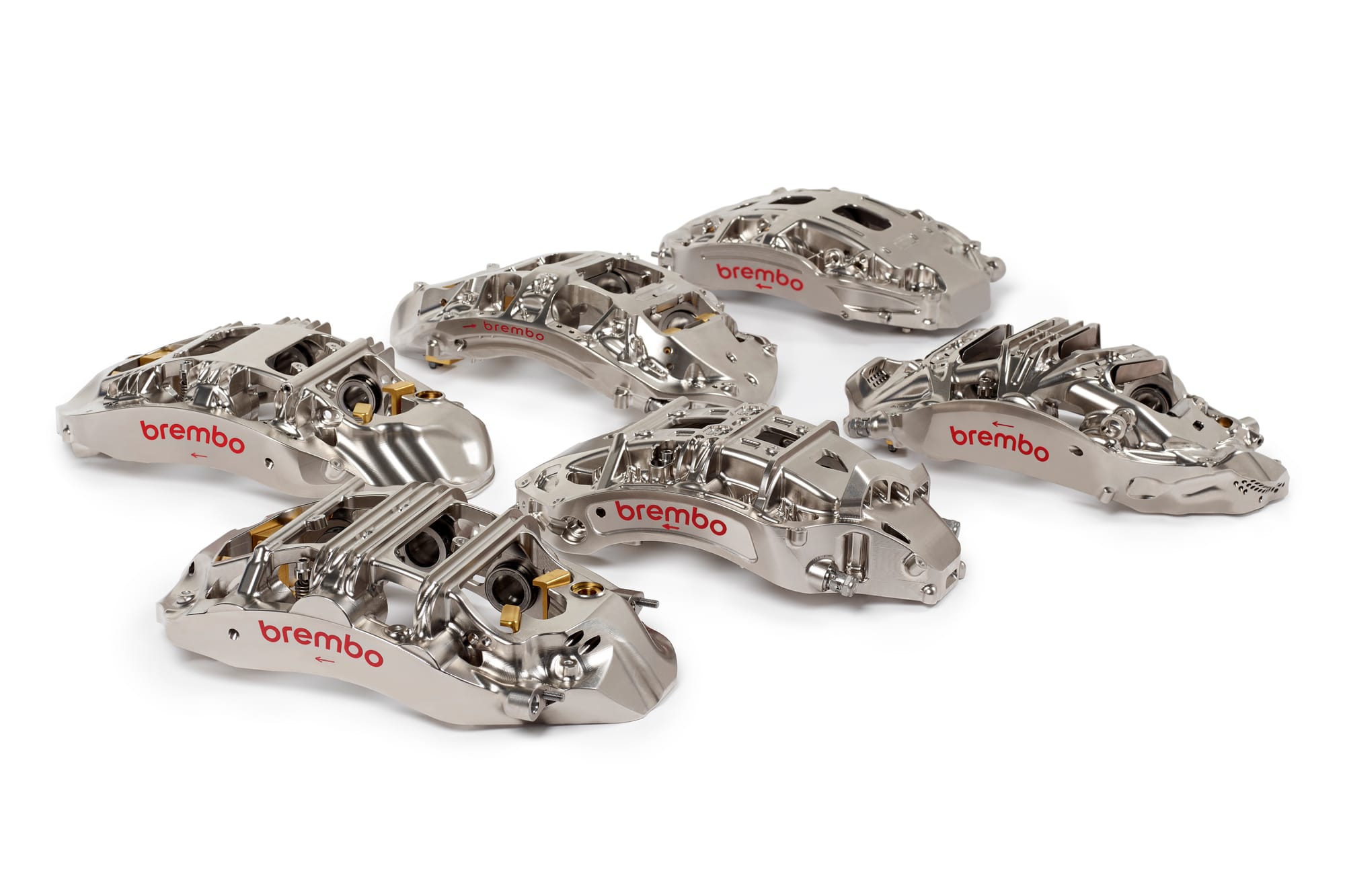
There is another element that has come into play related to brake cooling in particular, and which is also linked to the final year of the current rules cycle.
It is that, as teams have eked the last bits of performance out of the current cars, they have started taking components to limits not reached before.
As Andrea Algeri, F1 customer manager for Brembo, explains, improvements to the cars have meant brakes are being pushed harder - and that is why improved cooling has become a differentiator.
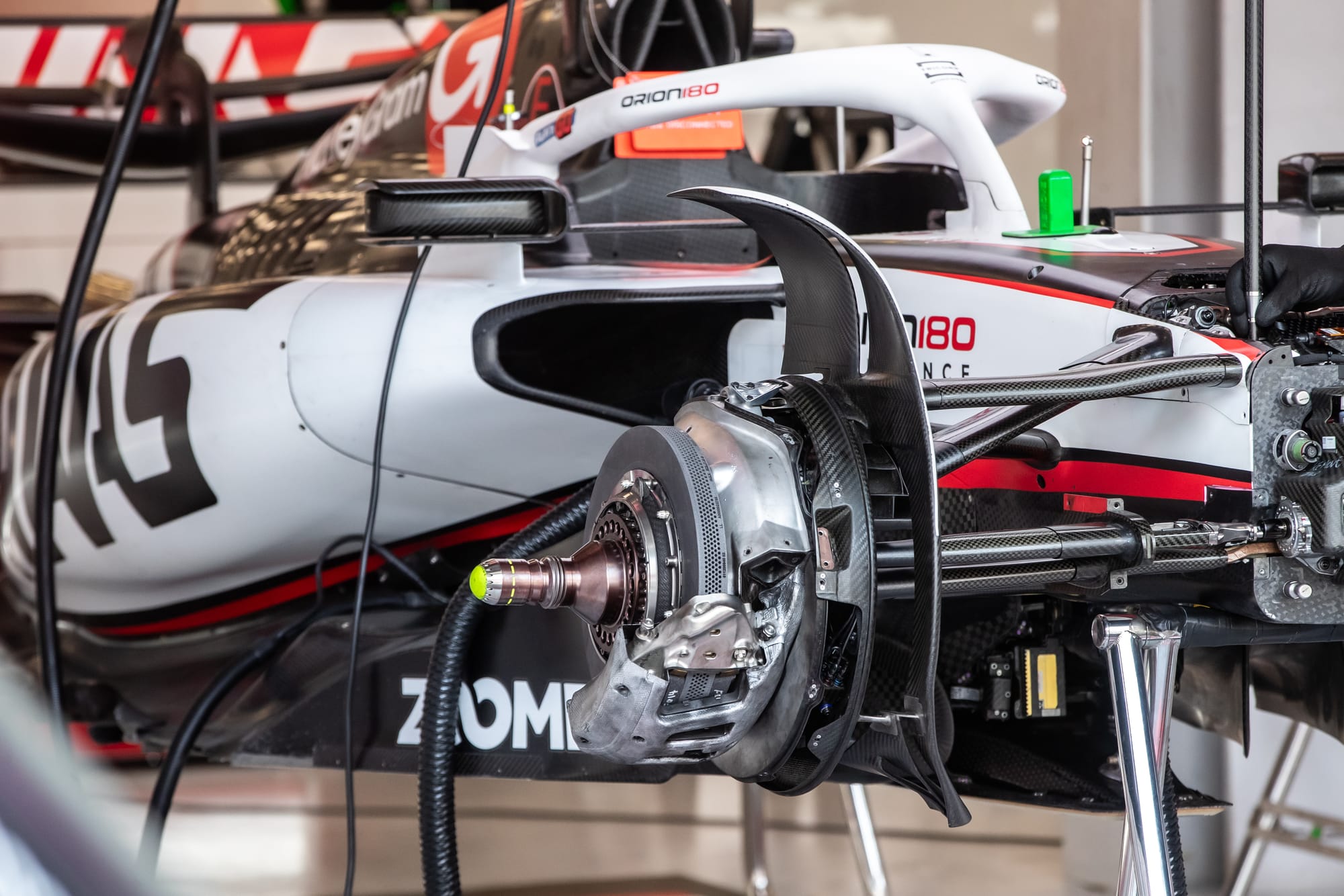
Asked by The Race about why he felt brake cooling had become a major topic in 2025, Algeri said: “The easiest answer is because of the tyres.
“Cooling of the brakes is fundamental for the brakes and also for tyre management. But in general, this was not present in the previous years because, let's say, the car was a bit far away from the limit.
“The dimensions [of brake discs] that the rules allow you to have on the braking system have been the same since 2022, but the performance of the car has gone up.
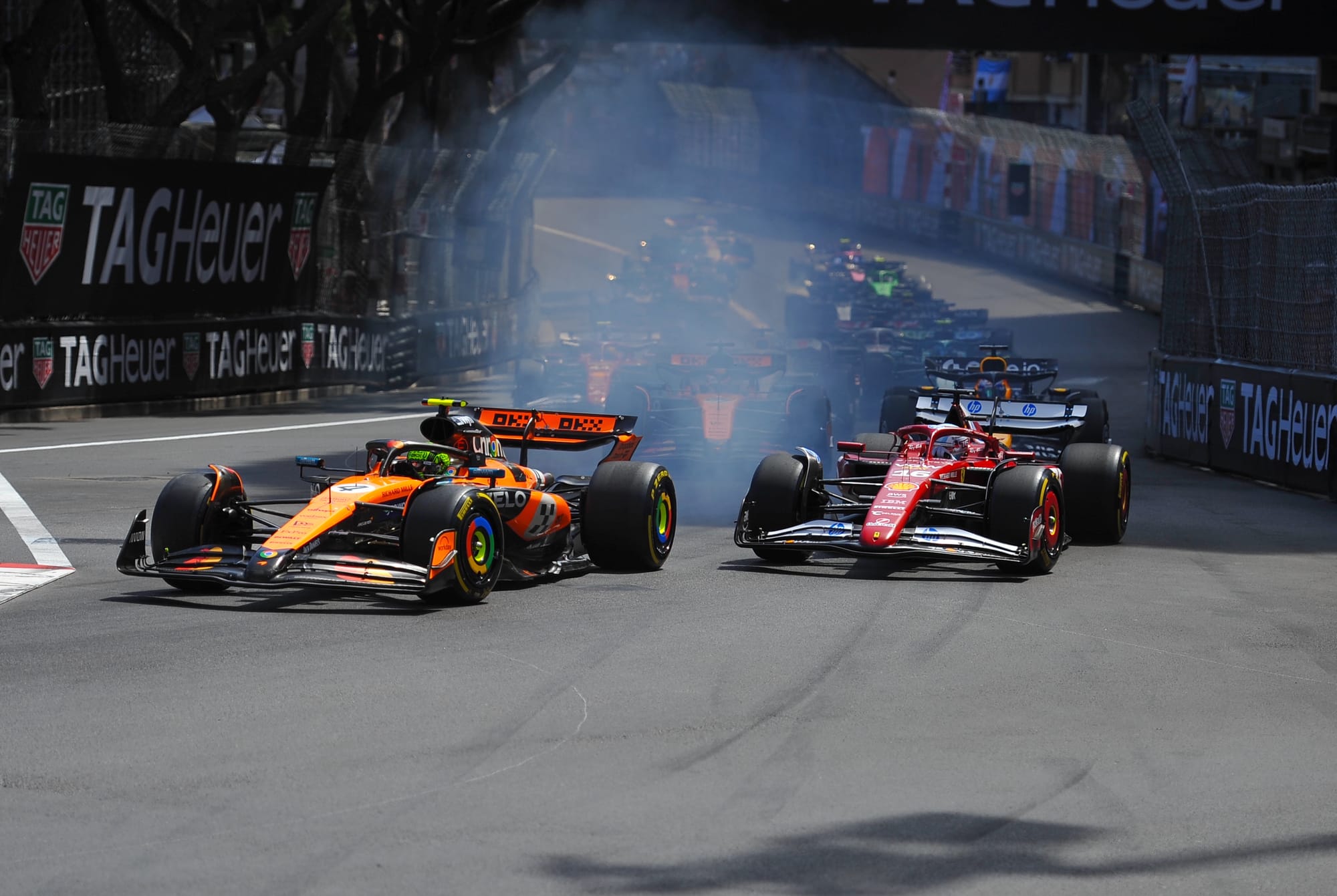
“So now you are really racing at the limit of the braking system. The teams are pushing a lot. They are stressing more the braking system compared to the last two or three years. And so when you stress the braking system, temperature is more of an issue.”
Algeri says it became obvious that, with brake cooling making a difference, teams had started pushing the boundaries.
“The approach of the teams was either: ‘OK, these are the parameters suggested by Brembo, so let's stay inside whatever it takes with bigger air ducts and so on.’
“Or the other way was, 'this is the parameter given by Brembo, let's push a bit outside the limit and try just to survive'.
“These are obviously different approaches, maybe not dependent on the position on the grid or in the championship. Instead, it is really about the mentality of the team.
“We have teams that are running quite fresh, and they have good performance in different conditions with different track layouts and so on.
"But others that, on certain high-duty tracks, you start to see problems in the braking system because they are on the limit.”
Tyre water noise
There is one thing that Brembo has not seen this year when it comes to brake designs – and that is water cooling tricks.
The F1 paddock was abuzz with speculation earlier in the year about just how McLaren had such an advantage – as Red Bull suspected it could be using some kind of liquid cooling device.
For Algeri, the story was nothing but hot air.
“Honestly, we didn’t know anything about that,” he said. “I've been asked many times about this... but for us it would be very difficult to realise, in truth.
“As far as we know, this was all just rumours."


